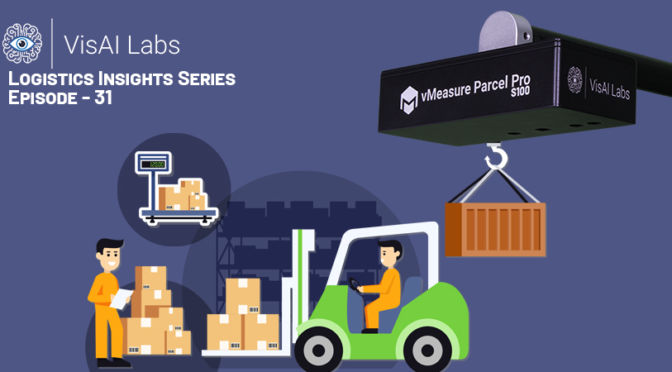What do you think you’ll take away from this episode?
Relevant links:
Podcast Transcript:
The terms dimension and weight have always been well known in the shipping industry.
The shipping cost is directly proportional to the precise parcel dimensions and weight.
However, the volumetric weight is utilised to compute the shipping cost.
So what is volumetric weight?
The volumetric weight, otherwise known as dimensional weight or dead weight, is a shipping measurement that takes both size and weight into account to calculate the package’s density.
The volumetric weight is calculated by multiplying the length, width, and height divided by the volumetric divisor.
With the help of accurate volumetric weight, there is considerably a lower chance of overpaying for shipping for both eCommerce owners and customers.
The manual dimensioning approach is always a time-consuming process and prone to errors.
And this hand-operated approach mostly produces costly errors and greater dissatisfaction, which can be the greatest nightmare for both logistics and warehouse owners and the customers.
Keeping all this in mind, several eCommerce firms have initiated to procure an automated parcel and pallet dimensioning system to precisely calibrate the dimensional and weight information of regular and irregular packages.
With this computer vision-led automated dimensioner, we can integrate other devices like barcode scanners, label printers, WMS or ERP software applications to streamline the last-mile delivery without a glitch.
This is Alphonse, the Product Manager of VisAI Labs, And that’s the logistics insight for today.








